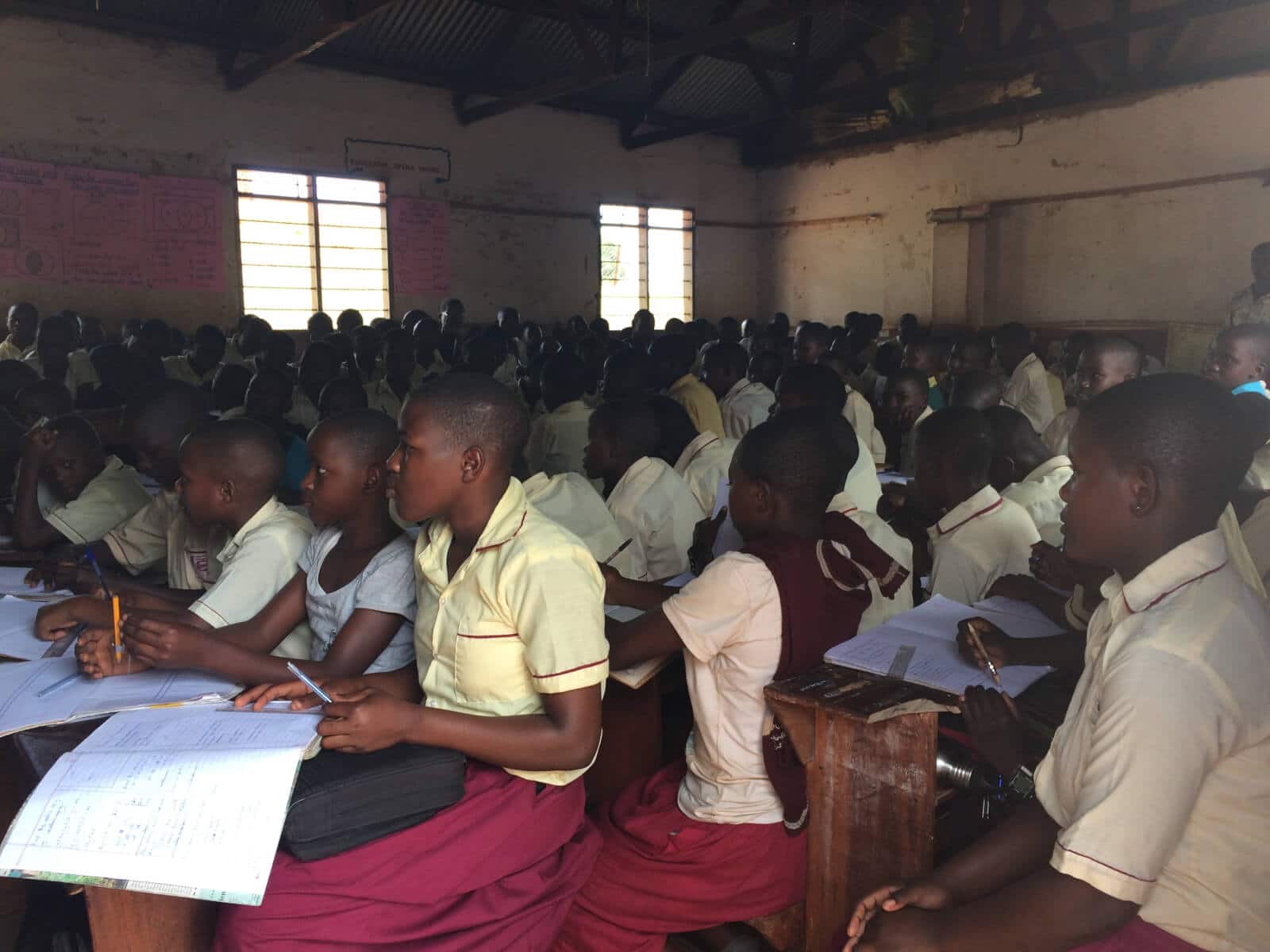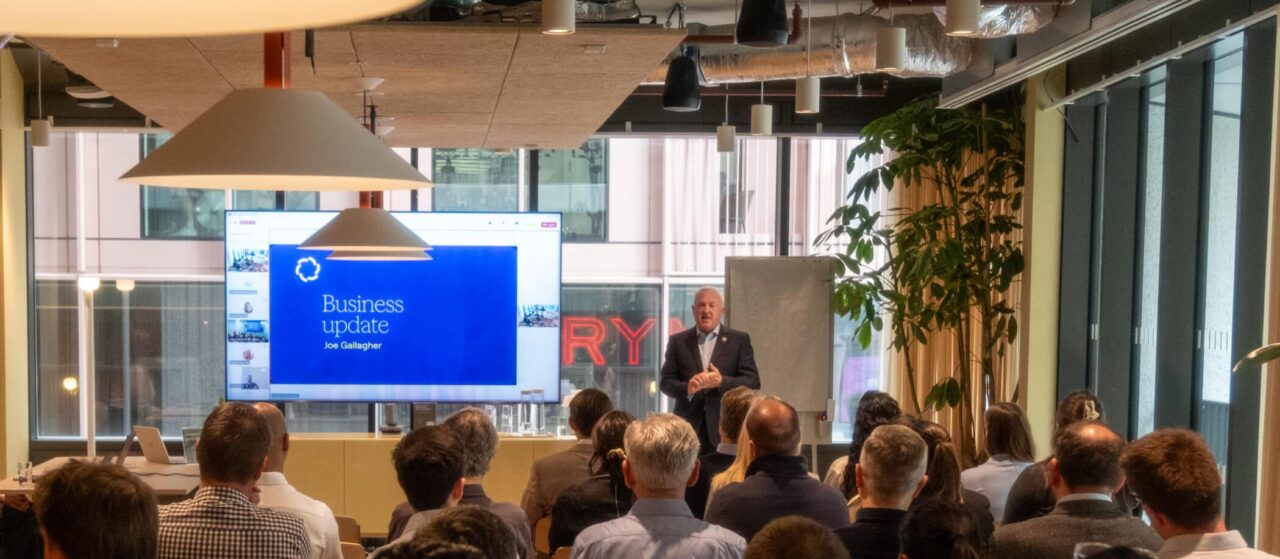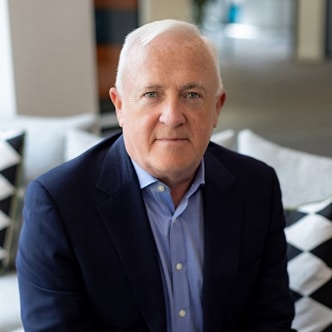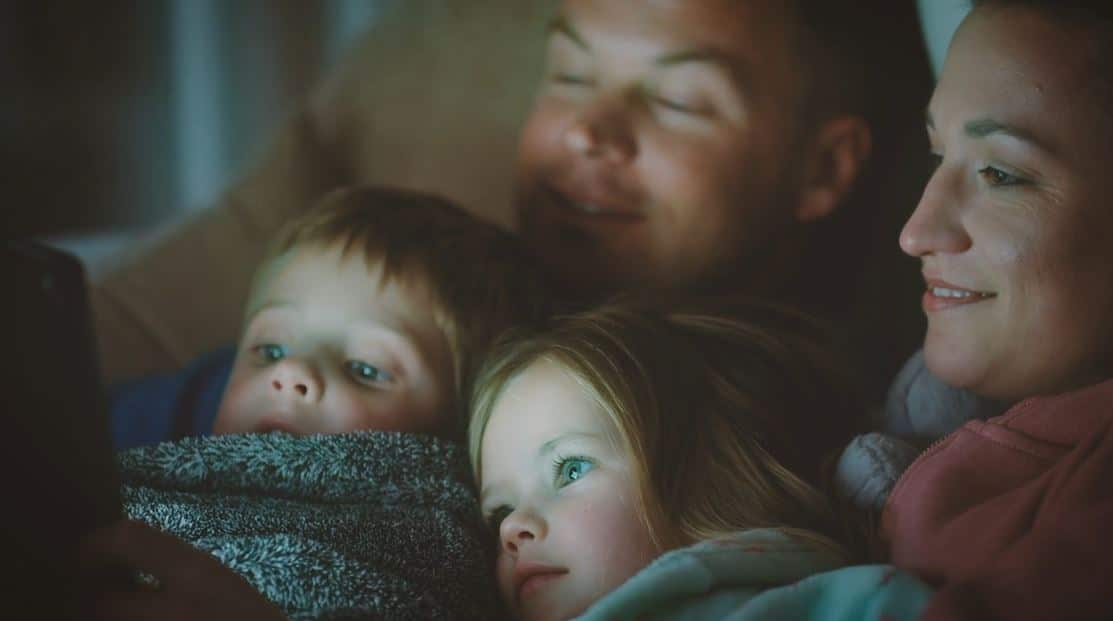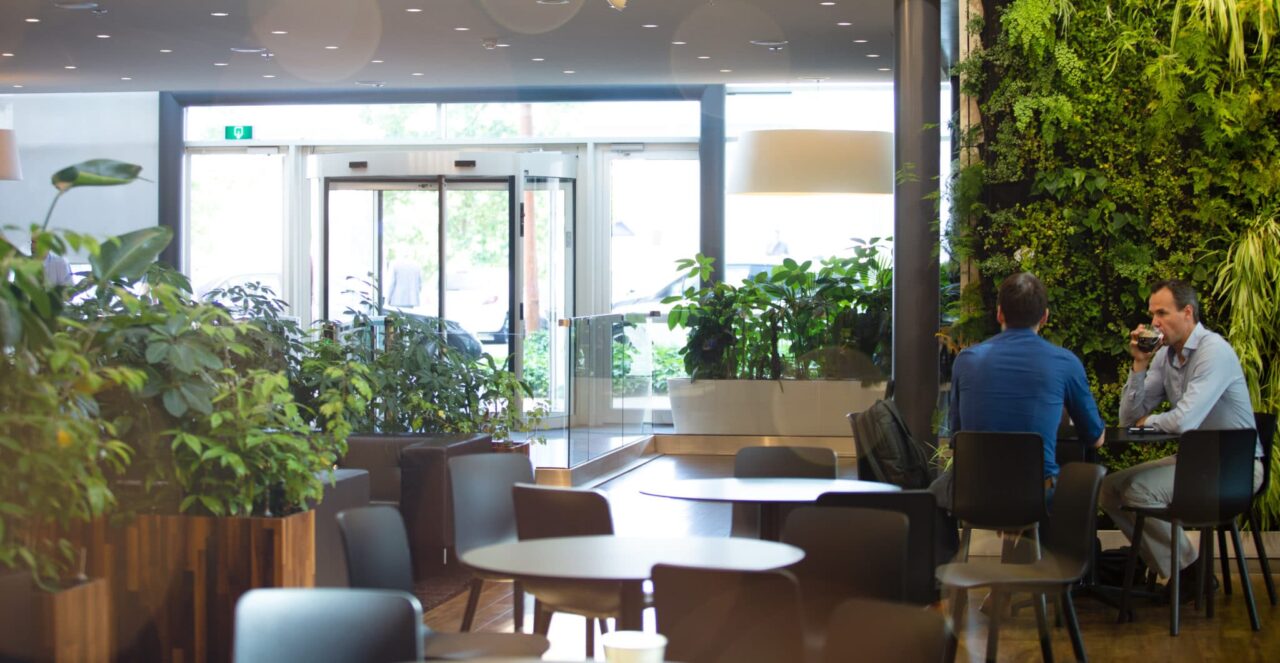I’ve just come back from a week Rwanda where I joined my programmes team colleagues Louise Storey and Hannah Caswell in the second week of their monitoring visit to Uganda and Rwanda. While we were there, we were reminded how our own experiences subconsciously colour our impressions.
Louise and Hannah had visited a classroom that is famous in Lessons for Life as the fullest classroom they have ever seen. The picture is below. Louise stopped counting at 180 children in the classroom. The girl in the bottom right is right up against one of the walls of the classroom. The desk row on the bottom left is almost at the chalkboard, save for a narrow strip for the teacher to move from side to side.
I’d never seen such a big class and my first reaction was that large class sizes mean poorer quality teaching and education. That may well be your first reaction too. For me, that’s conditioned by my own experiences as a schoolchild and as a parent of school-age children.
So, on to our visit to a nursery school and the women who challenged our preconceptions. The nursery school is a local community venture to educate children from three to six years old – they built the school themselves and hired the teacher themselves. We believe in education and their own belief in education was inspiring to us.
They are about to build a second classroom. The next picture is the mud and straw bricks to build the walls drying in the sun. It’s not essential to the story, but I like the photograph.
The next photograph is the four women we met – from left to right, the teacher Francine Uwera; the community leader Gaudance Ngendahayo; and two parents Nice Umuhoza and Betty Mujawamariya.
We asked them about the new classroom. Would they move some of the children from the existing classroom to create smaller class sizes or would they fill it as densely with more children? Their answer was instant and unambiguous. More children. From their perspective, the impact of a child not in school getting to go to school is more valuable for the child and the community than the impact from a child already in school being in a smaller class. Their reality is a country where four out of five children don’t complete their school education.
Their answer reminded me why we believe in collaboration.
We work with local education organisations who know local communities and their needs so we can fund the education activities that are most needed. Sometimes that is school improvements such as refurbishing classrooms and teacher training to improve the quality of children’s education experiences. But always when that’s what’s recommended as most needed by local knowledge and expertise.


